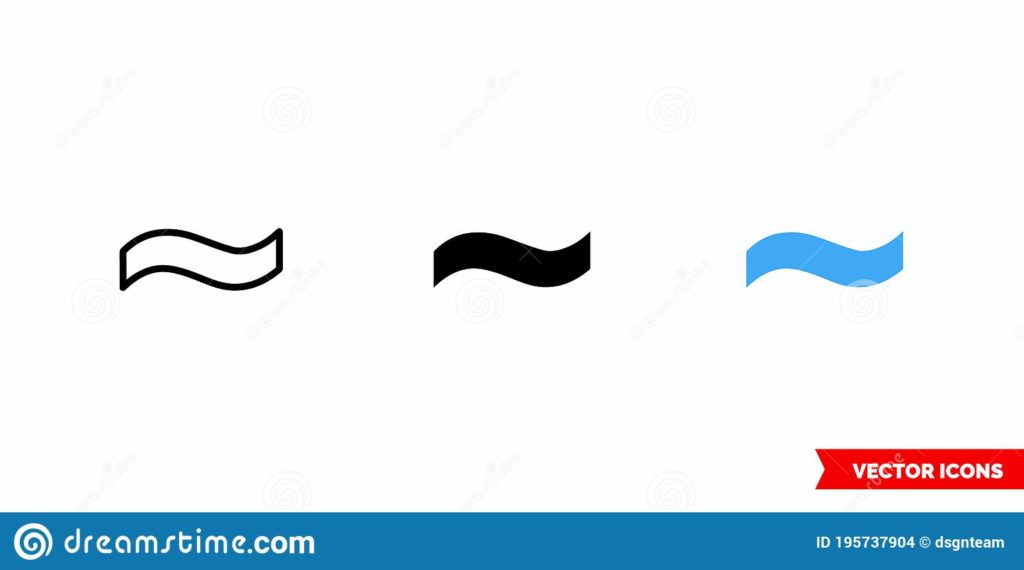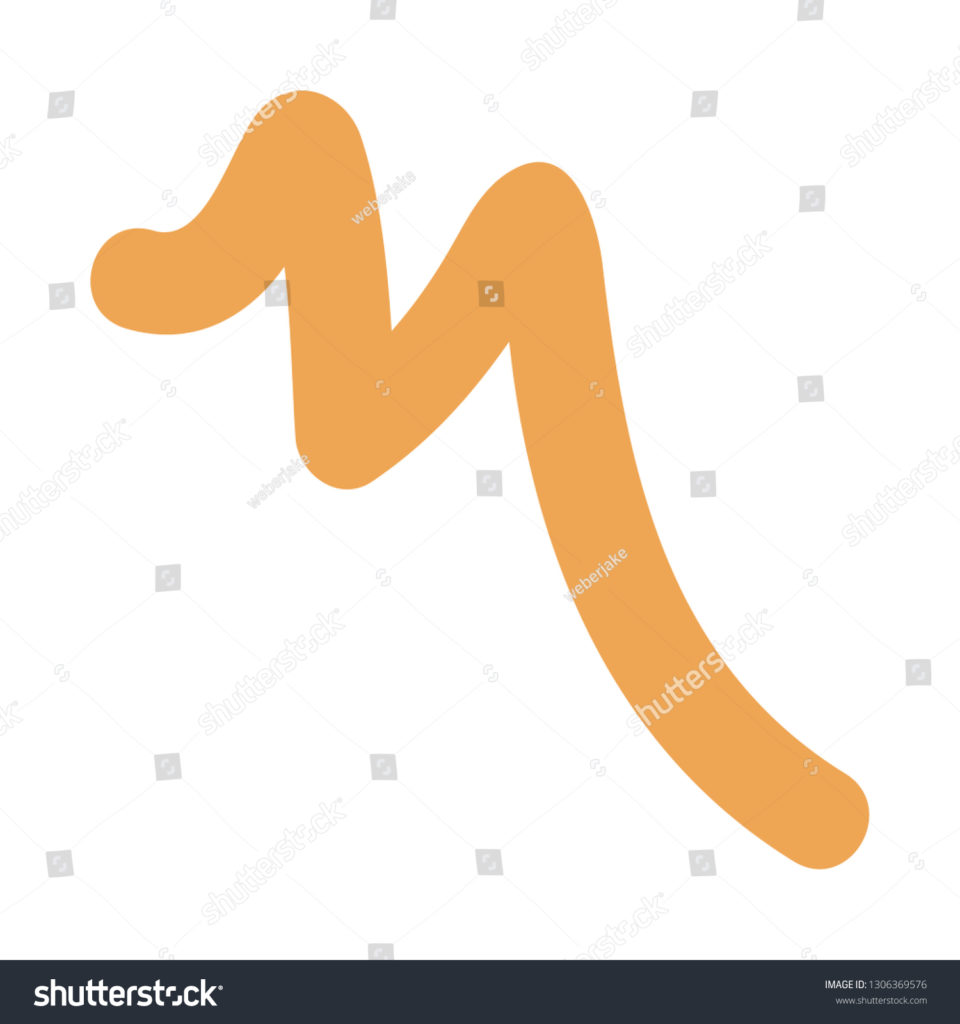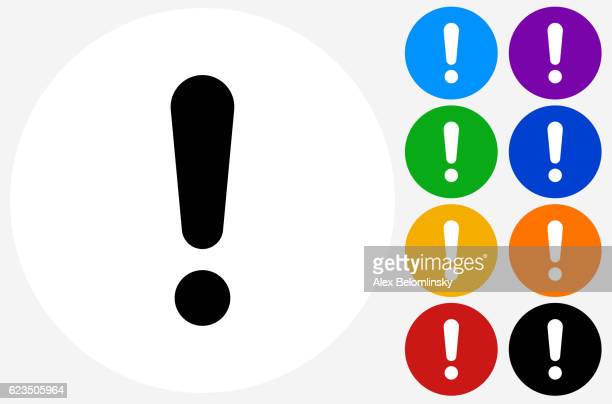Punctuation is essential to avoid ambiguity in language. Most languages share a similar set of punctuation marks. However, some are specific to the Japanese language. It’s no secret that punctuation is integral to effective communication through writing. But did you know that punctuation was not a feature of the Japanese language before the Meiji period?
Japanese punctuation was nonexistent until the Ministry of Education enforced its use in 1946! Since the advent of texting, punctuation has become increasingly important in modern Japanese. Some punctuation marks are more frequent in informal Japanese writing, such as text messages or online forums. In addition, some punctuation marks are more popular among girls than boys.
Some punctuation marks appear similar, while others are entirely new. An important step toward fluency is becoming familiar with all of these marks. To simplify things, we have put together some of the most frequently used punctuation marks in Japanese and their placement.
Let’s check out the various Japanese punctuation styles so that you can spice up your writing and make it more interesting!

1. Lenticular Brackets【 】
In Japanese, lenticular brackets are referred to as sumitsuki kakko (ink-filled brackets). These brackets have no English equivalent and are therefore a Japanese invention. The purpose of lenticular brackets is the same as that of other parentheses and brackets. It separates sections of text from within a phrase or paragraph. They serve no particular function but can be very helpful in drawing attention to the sentence within brackets.
2. Question Mark か (Gimonfu):
People unfamiliar with Japanese text are often baffled by the lack of question marks in Japanese writing. Because of this, they are confused about the usual approach to asking a question in Japanese. Although, there is a Japanese element, “ka” (か), which is used to indicate a question. The question mark, whether typed or handwritten, has the same purpose in modern Japanese as in English.
3. The Ellipsis ….. :
Who believed that the three small dots appearing after the word “ok” in a text message would have any significance? The ellipsis () is a punctuation mark that signifies uncertainty, omission, or a thought that has wandered off the rails. The Japanese did not invent the three-dot sequence; instead, they adopted it from Europe. But, this is not a hard and fast rule. A sequence of dots can begin with two and proceed up to six. When delivering a story, the Japanese sometimes pronounce it aloud as “ten ten.”

4. Wave Dash 〜:
The wave dash is perhaps the most appealing punctuation symbol used in Japanese. It is often included in “from-to” constructs. It indicates the time or distance intervals and can also be employed to elongate a vowel sound.
The English straight dash is not truly comparable to the wave dash. Both aren’t the same. But apparently, wave dashes are more famous because of the previous use of English straight dashes in katakana, which signifies long vowels.
5. Interpunct:
It is common practice to employ the interpunct (.)—nakaguro to separate words, mainly when writing non-Japanese terms in katakana. As the Japanese language lacks spaces or slashes, the interpunct helps separate words inside a statement.
Because distinct kanji combos have different meanings, some Japanese words might be confusing if read next to each other. Having many kanji close to one another can also be puzzling.
Thus, an interpunct is a punctuation mark that you can use to separate items in a list. It also serves as a decimal point while penning numerals in kanji and dividing anything else that requires clarity.
6. 〽 — Alternation Mark:
The exciting parts are starting to come up now. Ioriten〽 is also known as the section alternation sign. It is a symbol used in Japanese songwriting to indicate the beginning of a composition or the starting of a part for a singer or instrumentalist.
Some professional compositions and contemporary songbooks may still use the alternation mark, albeit its use is declining. It’s also sometimes shared on social media, although we assume that’s just because people think it’s trendy.

7. Single quotation marks 「」:
Because they are so visually distinct, the Japanese quote marks can be challenging to master for English speakers. In vertical Japanese writing, these are called kagi kakko. They can help quote anything.
You might think of ‘this’ when you hear “single quotation marks,” but in Japanese, this is the most prevalent form of quotation. When quoting something, you almost always use single quotes.
8. Double Quotation Marks 『』
In Japanese writing, double quotation marks are uncommon, although they serve a useful purpose. Do you know when to reference a quote? A common approach to expressing this in English is as follows: “The puppy said ‘woof,’ and then rushed away.”
However, it is a personal preference for some people to utilize these double quotations alone as single quotes. t is similar to how we use quotation marks within quotation marks in English, but it may look strange at first.
9. Exclamation Point!
Similar to its Western counterpart, the use of exclamation marks is the same in Japanese. It should be no surprise that an exclamation point denotes the speaker’s strong emotion (or strong voice!). Formal Japanese does not use exclamation marks, despite widespread use in other contexts, such as tweets, emails, and texts. The purpose of an exclamation mark is to emphasize a strong proclamation.

10. Period 。 :
A little circle in Japanese represents a period in the same way as in English. In contrast to the Western version, its primary purpose is to define rather than complete sentences. For this reason, a standalone sentence does not require a period at the end. However, the period is often ignored if the text is set off by quotation marks or stands alone.
Why Should I Become Familiar with Japanese Punctuation?
- When speaking Japanese, it is essential to use proper punctuation. To communicate successfully in any language, even English, requires a familiarity with the fundamentals of punctuation.
- It is essential if you intend to write or type Japanese often. If you want to communicate effectively in Japanese, whether on social media, in books, or with a pen pal, you’ll need to master Japanese punctuation.
- Punctuation in the Japanese language is slightly different from that used in English. Japanese also has distinct punctuation signs that you will need to become familiar with to write in Japanese correctly.
Final Words:
In many ways, Japanese and English language punctuation are similar. However, the Japanese language features its distinct collection of punctuation symbols, many of which are not likely to be familiar to you. Learning about punctuation isn’t typically a part of a beginner language course. In most cases, students just beginning to study a language won’t spend time learning about punctuation. But if they do, it will save them from feeling confused when encountering it in everyday life.
More From Us:
We hope that you’ve enjoyed reading our article on the famous Japanese punctuation. However, if you’re interested to read something more from us, we have some recommendations for you.
Apart from the punctuation marks we use in our written content, there are many unusual, uncommon punctuation marks that are also there and serve their purpose in the grammar and sentence structure as well. It’s just, that they are not much popular. However, it is great fun to know about them. So if you’re interested to know about them, please read our extensive article on “15 Uncommon Punctuation Marks” by clicking here.
Do you know that when using different punctuation marks, we may usually incur some serious mistakes regarding placing them correctly? And when we do that, we usually destroy the whole meaning of the sentence. So to study more on those mistakes, please read our extensive article on “8 Common Punctuation Mistakes To Avoid.” And you can read that article by clicking here.
Although the Parenthesis () is quite a prominent punctuation mark that we use regularly in our content, sometimes most of us may use it incorrectly, resulting in quite a different reading experience. So to know more about them, click here to read our detailed article on “Using Parenthesis () In Sentences.”